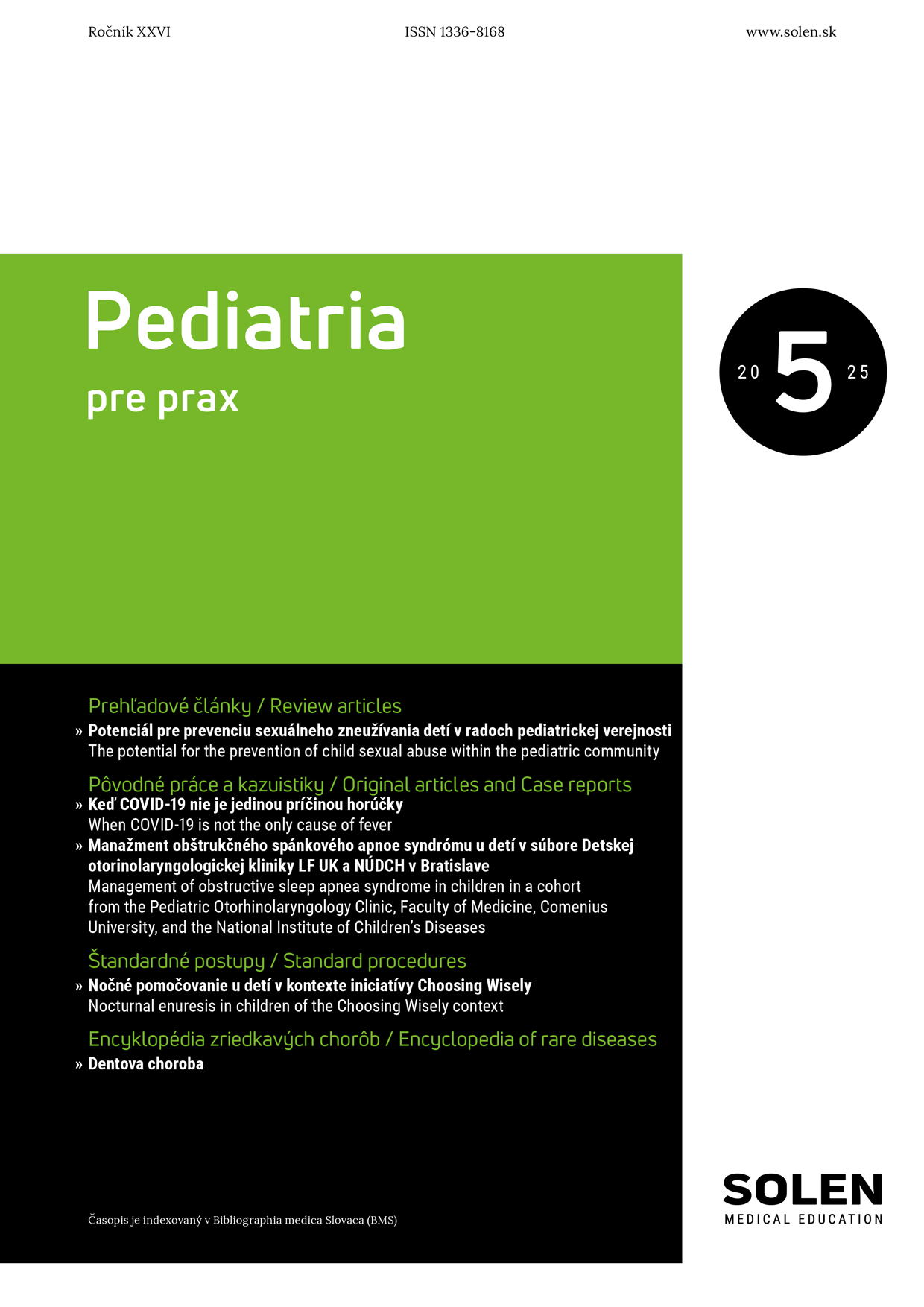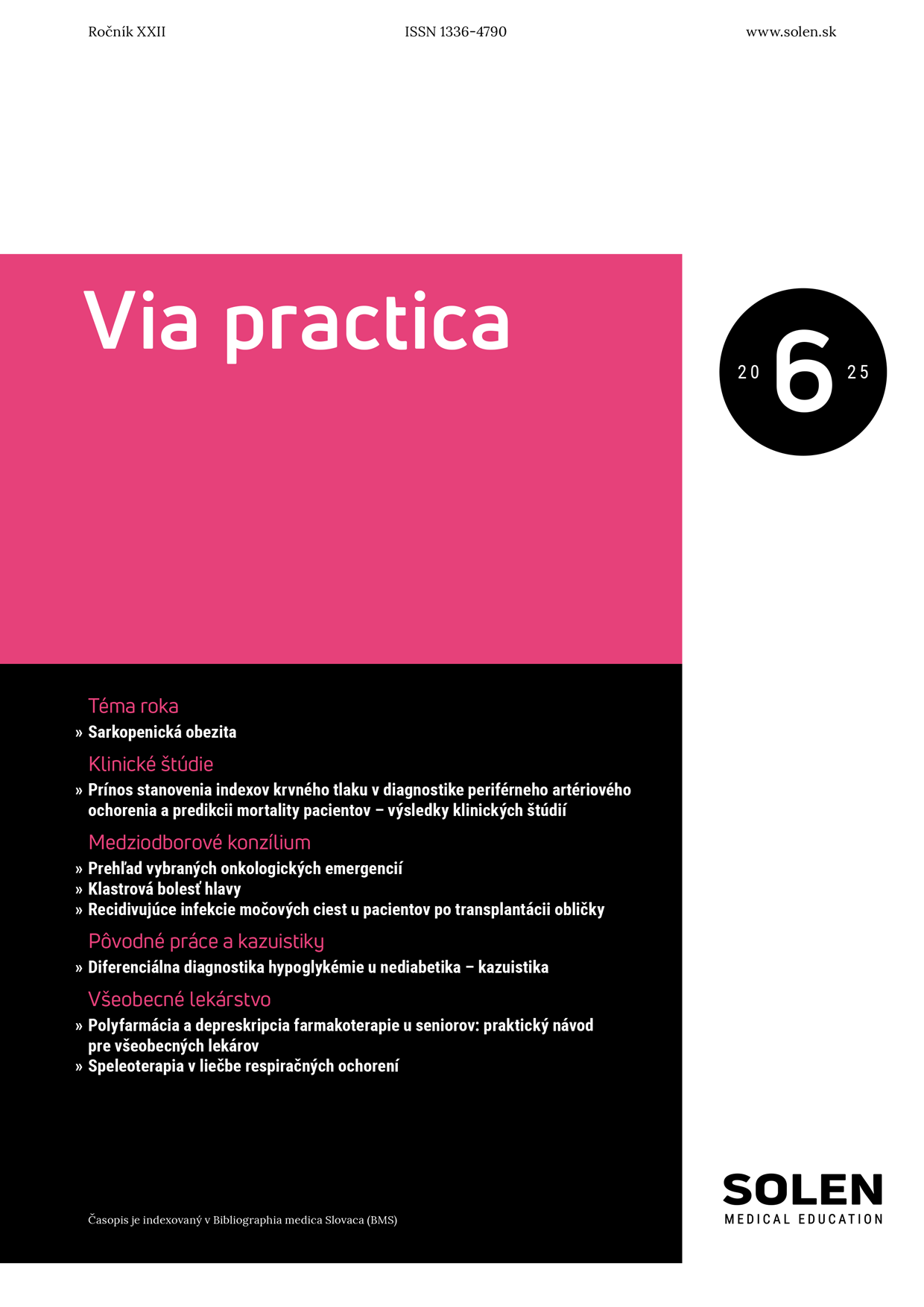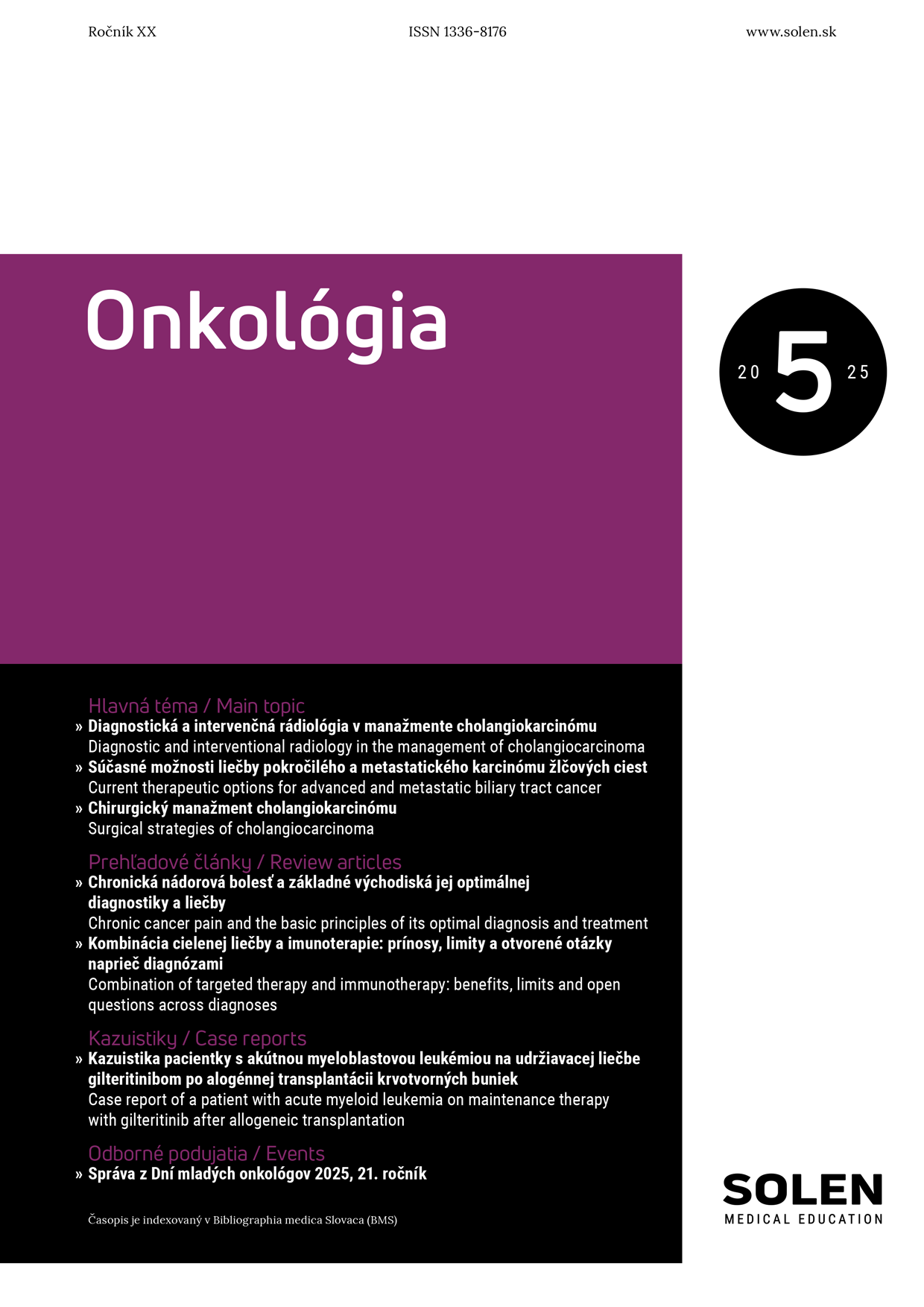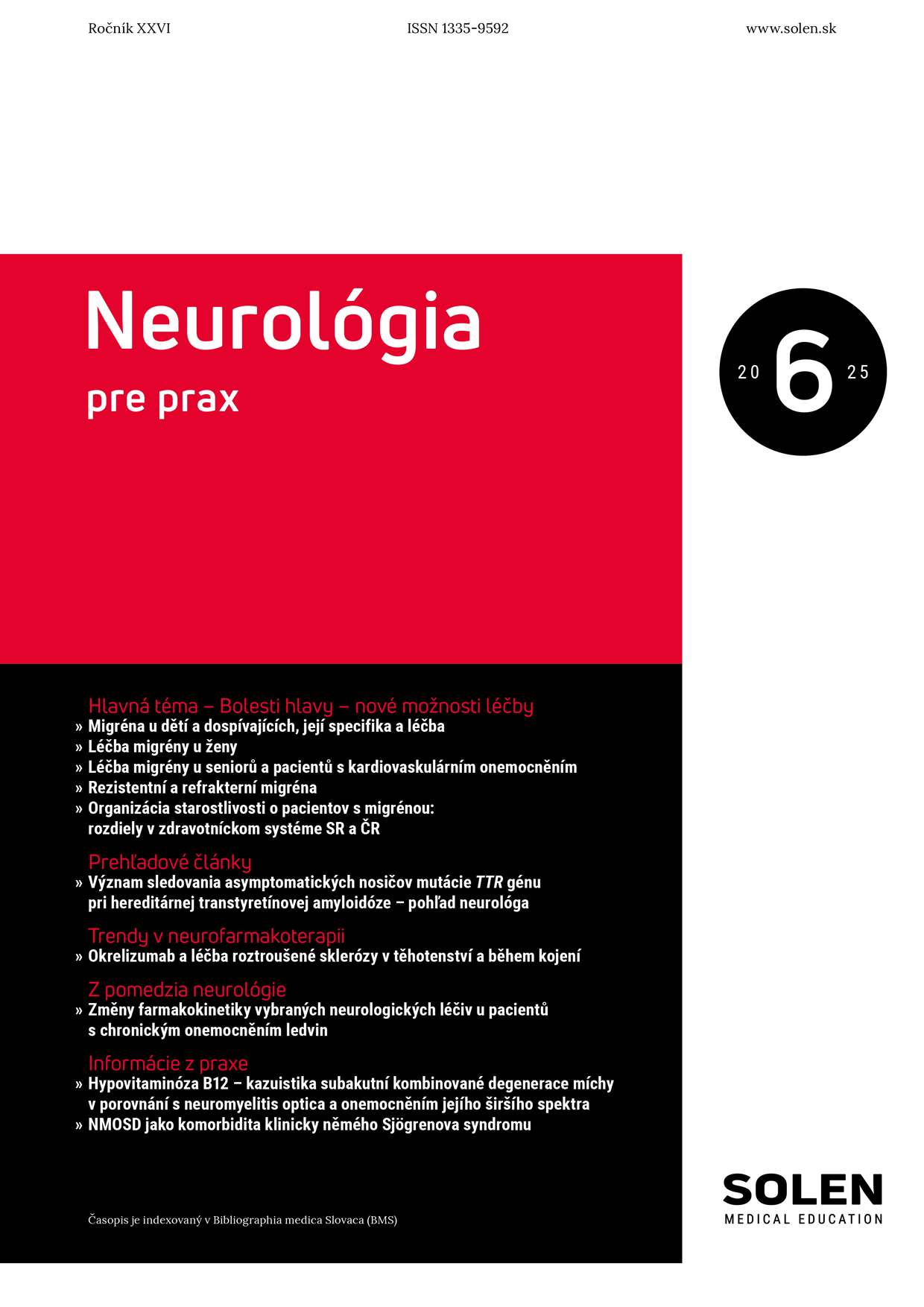Pediatria pre prax 4/2020
Allergy, atopic march, and prevention options
Allergic diseases currently represent the most important group of diseases of affluence, with an ever increasing prevalence worldwide; therefore, it is essential to seek effective tools for preventing the development of symptoms. Given the fact that the largest portion of the immune system resides in the gut, proper nutrition can become an effective preventive tool. Recently, a number of constituents with an antiallergic potential have been identified in breast milk and, subsequently, added to infant formulas. Hypoallergenic milk formulas providing controlled exposure to proteins with a reduced allergenic and preserved tolerogenic potential are intended for a group of children at risk in whom breastfeeding is not possible. Other effective tools include prebiotics (oligosaccharides) as well as probiotics, with their combination with a hydrolysed cow’s milk protein being an interesting and effective phenomenon. Several studies addressing the effects of synbiotic mixture have confirmed not only its safety, but also positive biological effects. One of the interesting results suggested a greater similarity of the gut microbiome composition (particularly a higher proportion of bifidobacteria and a lower proportion of enterobacteriaceae) between children born by caesarean section and those who were breastfed.
Keywords: gut microbiota, immune system (IS), allergy, atopic march, prevention, formula, breast milk, oligosaccharides (prebiotics), nucleotides, probiotics, pHP (partial hydrolysate), synbiotics, GOS (galacto-oligosaccharides), FOS (fructo-oligosaccharides), Bifidobacterium breve M-16V, SYNEO®

















